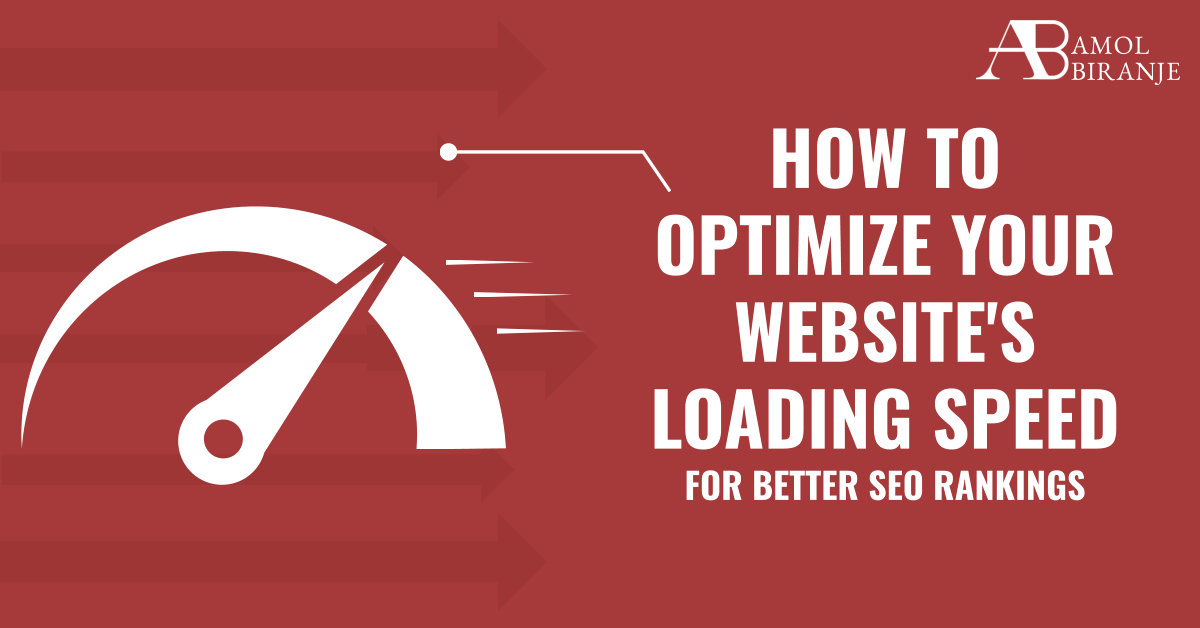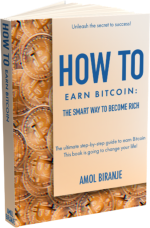In today’s fast-paced digital world, website loading speed has become a critical factor that can significantly impact user experience and search engine rankings. Slow-loading websites not only frustrate users but also discourage them from staying on your site and engaging with your content. Moreover, search engines like Google consider page speed as a ranking factor, making it essential for website owners to optimize their loading times. In this How to Optimize Your Website’s Loading Speed for Better SEO Rankings article, we will explore effective strategies to enhance your website’s loading speed and subsequently boost your SEO rankings.
Introduction
In a world where instant gratification is the norm, users expect websites to load quickly. A slow website can lead to high bounce rates and diminished user satisfaction. To address this issue, let’s delve into the various aspects of optimizing your website’s loading speed to achieve better SEO rankings.
Understanding the Importance of Loading Speed
Website loading speed directly impacts user engagement, conversion rates, and SEO rankings. Search engines prioritize websites that provide a seamless user experience, making loading speed a crucial factor in determining your website’s search visibility.
Factors Affecting Website Loading Speed
3.1 Server Performance
The quality of your web hosting service and the server’s location significantly influence loading speed. Opt for a reputable hosting provider that offers adequate resources and uses content delivery networks (CDNs) to reduce latency.
3.2 Image Optimization
Large images can drastically slow down your website. Compress and properly format images without compromising quality. Use responsive images to cater to different device resolutions.
3.3 Code Efficiency
Clean, streamlined code reduces loading times. Minify HTML, CSS, and JavaScript files to eliminate unnecessary characters, white spaces, and comments.
Choosing the Right Web Hosting
Selecting the right web hosting plan is pivotal. Shared hosting may save costs but can lead to slower loading times due to shared resources. Invest in a dedicated or VPS hosting plan for better performance.
Utilizing Browser Caching
Browser caching stores static files on a user’s device, allowing quicker load times for subsequent visits. Set appropriate cache expiration headers to strike a balance between freshness and speed.
Compressing and Minifying Files
Compressing files reduces their size, while minifying removes unnecessary elements. Gzip compression and minification of CSS, JavaScript, and HTML files enhance loading speed.
Prioritizing Above-the-Fold Content
Load essential content first to give users a quicker initial experience. Lazy loading can be used for below-the-fold content, delaying its loading until the user scrolls to it.
Reducing Redirects
Redirects contribute to additional HTTP requests, slowing down your website. Minimize redirects where possible to improve loading speed.
Implementing Content Delivery Networks (CDNs)
Content delivery networks (CDNs) disperse your site’s content across numerous global servers, effectively minimizing the geographical gap between users and your hosting server, consequently leading to accelerated loading speeds.
Mobile-Friendly Optimization
Mobile devices dominate internet usage. Ensure your website is responsive and optimized for mobile viewing, as Google considers mobile-friendliness in its ranking algorithm.
Regular Performance Monitoring and Testing
Consistently oversee the performance of your website by utilizing resources such as Google PageSpeed Insights and GTmetrix. Identify bottlenecks and implement necessary optimizations.
Accelerated Mobile Pages (AMP) Implementation
AMP is a framework that creates lightweight, fast-loading versions of web pages for mobile users. Consider implementing AMP to provide an exceptional mobile experience.
Optimizing for Core Web Vitals
Google’s Core Web Vitals measure user-centric loading performance. Address the following metrics for better SEO rankings:
13.1 Largest Contentful Paint (LCP)
Ensure the largest element on your page loads within 2.5 seconds to prevent user frustration.
13.2 First Input Delay (FID)
Optimize interactivity by ensuring a short delay between user input and response.
13.3 Cumulative Layout Shift (CLS)
Minimize unexpected layout shifts to enhance visual stability during loading.
Conclusion
A swift website loading speed is a cornerstone of a successful online presence. By implementing the strategies mentioned in this article, you can provide an excellent user experience, reduce bounce rates, and improve your SEO rankings.
FAQs
How to Optimize Your Website’s Loading Speed for SEO Rankings
Q1: What makes the loading speed of a website significant for SEO?
A: Website loading speed affects user experience and search engine rankings. Faster sites are favored by both users and search engines.
Q2: What is a good loading speed for a website?
A: In an ideal scenario, a website should complete loading within a span of 3 seconds or less. The faster, the better.
Q3: Can shared hosting affect my loading speed?
A: Yes, shared hosting can lead to slower loading times due to resource sharing among multiple websites.
Q4: How often should I monitor my website’s performance?
A: Regular monitoring is recommended, at least once a month, to identify and address performance issues promptly.
Q5: Is mobile loading speed as important as desktop loading speed?
A: Yes, with the growing number of mobile users, mobile loading speed is crucial for user satisfaction and SEO rankings.














0 Comments